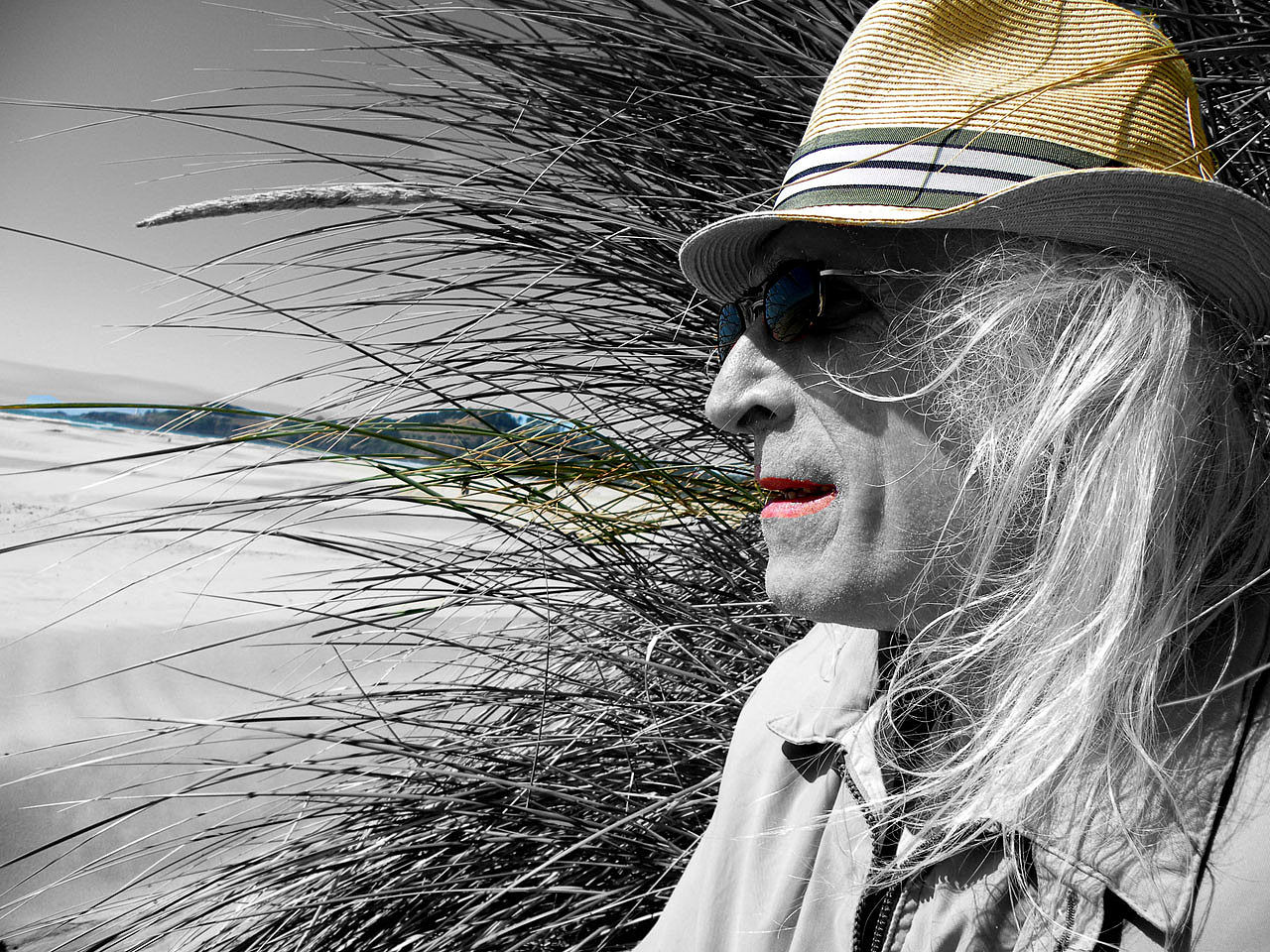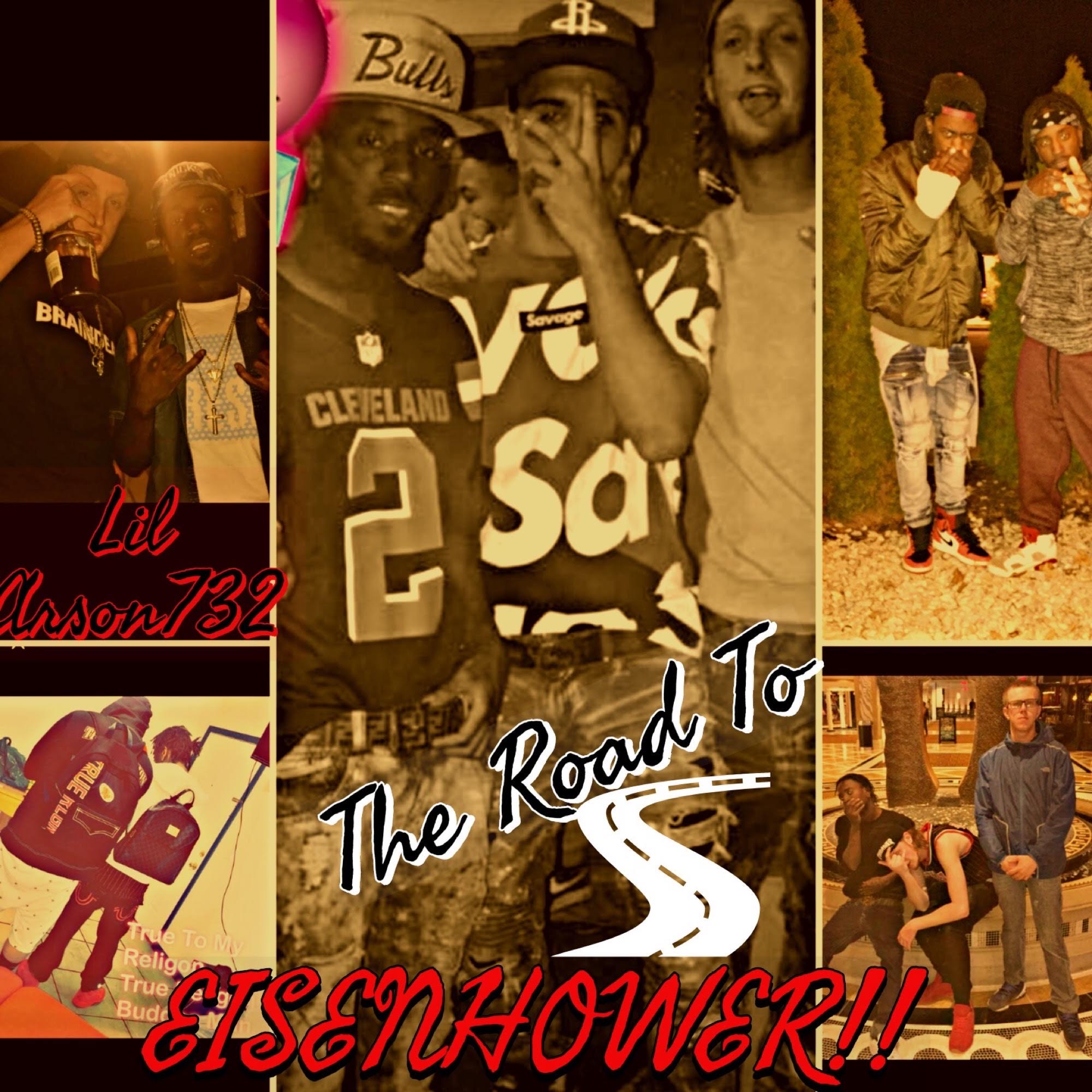Interview – Tom Repasky and the connection between music and programming
Almost 50 years ago Tom Repasky starts playing the piano as a therapy after a severe accident. He’s seen it all – from playing in a band, to dealing with know-it-all producers to pulling up gigs with band members bailing. Nowadays, he doesn’t seem to interested in performing live but still perceives music as a powerful learning tool and more importantly, as a never-ending challenge. His plan for the summer is to write 30 songs. Read why and let’s hope he makes it!
Hello there! Tell the world about yourself. How did you grow up to become the musician you are today?
I began playing the piano when I was 14 years old as a therapy to help recover the use of my hands and fingers after an accident that also caused severe head trauma and total amnesia. Turns out music is a way to recover the pathways in the brain, speeds the recovery of head injuries, and music showed me mathematics. That was 1963. Formed my first band The Avengers in 1968 and played for parties and social gatherings.
Could you please introduce your current musical projects and share what makes each one of them special for you?
My goal this summer is to compose and arrange at least 30 new songs. All of this has to be done before the end of September. I want to use live tracks of me playing my Kronos mixed with loop based compositions on at least 15 of the songs. Past projects included writing songs in keys I do not play well such as E maj and A maj. I sometimes make myself compose using a bass or drum sequence instead of a chord sequence for the basic tracks.
You have been playing music for a long while! How do you find the drive and inspiration to keep going all this time?
I like the creation process. I use a rule to determine whether or not I should continue to play and compose music. If I am improving then I will continue otherwise I am probably dead and don’t know it yet.
How is your local music scene in your perspective? Do you feel like you belong there?
I live in the most populated town on the Oregon Coast with about 10,000 local residents. Like most coastal towns, tourism is the major business and entertaining the tourists is important. However, venues are limited in a town of 10,000 people. There are two casinos on the coast which book well-known musicians. One is located 25 miles north and the other 60 miles south of where I live. There are less than ten venues (bars, restaurants) that book local bands and bands from Salem and Eugene. There are a few opportunities, even playing for free where I live, however, public performance is not important to me.
What is your all-time favorite record and how did it change you as an artist?
‘Days of Future Passed’ by The Moody Blues had a profound effect on me. The blending of classical arrangements with rock and roll rhythms was inspiring and the use of lyrics as a tool to open minds was a revelation.
What are your favorite software and hardware tools for music production?
My software tools include ACID Pro, Power Tracks Pro, and Audacity. My hardware is a computer connected via USB to my Kronos which is connected to my studio amplifier using a fiber optic cable. Except for the amplification, all audio remains digital with 24 bit resolution at 96 kHz or 48 kHz.
What is your songwriting process like?
I cannot hear music in my head. Instead, I see patterns and frequencies that interact. Composing songs is like programming to me. When I haven’t played for a while, I often discover new things that I like and arrange them into a song or songs. At least once a year I make myself compose and arrange songs by setting a target goal such as three songs per week for a month.
Out of all the live shows you played, which one was the most memorable, and why?
When I was in a band, our lead vocalist quit after we returned from LA with a copy of our five-song demo, being told by the producer that we were too old to appeal to the main buyers of music – young females. Then we had a gig in a Portland nightclub and had rehearsed several times with a new vocalist.
We arrived at the club with our gear and had plenty of time to set it up. However, the vocalist never arrived. We played a few songs but ended up tearing down and leaving after our first set. We were not prepared, our performance was abysmal, and I had PTSD even thinking about playing in public.
We only performed publicly one other time after that when we performed ‘The Wind Beneath My Wings’ for a gathering of about 2,000 people at Arlene Schnitzer Concert Hall, Portland.
What is your biggest musical goal?
To continue to improve.
How has being on Drooble helped you as a musician?
I had just started a new project and saw an ad for Drooble.
During the 2000s, I was an active member of many art community websites. I reviewed the works of others and entered competitions and engaged in collaboration. Some of those sites still exist but I seldom interact with them or their membership. Despite my participation, I did not form any lasting connections. Drooble reminds me of some of those art sites – a community of people that share a common interest.
When I joined Drooble, I saw an opportunity to have my music reviewed. Joining motivated me to finish my project.
Thanks for being part of Drooble!







